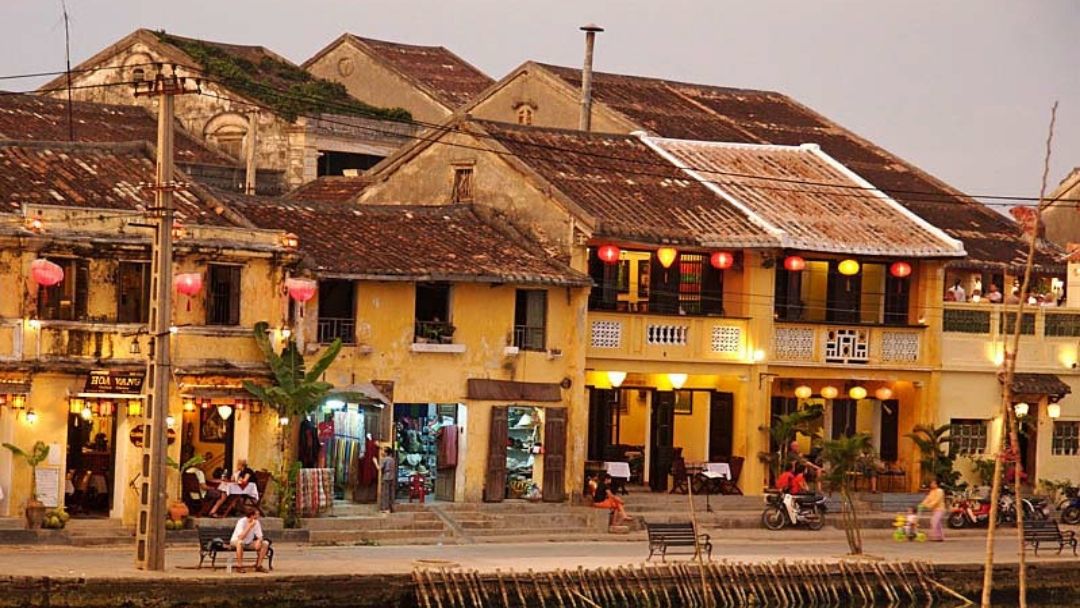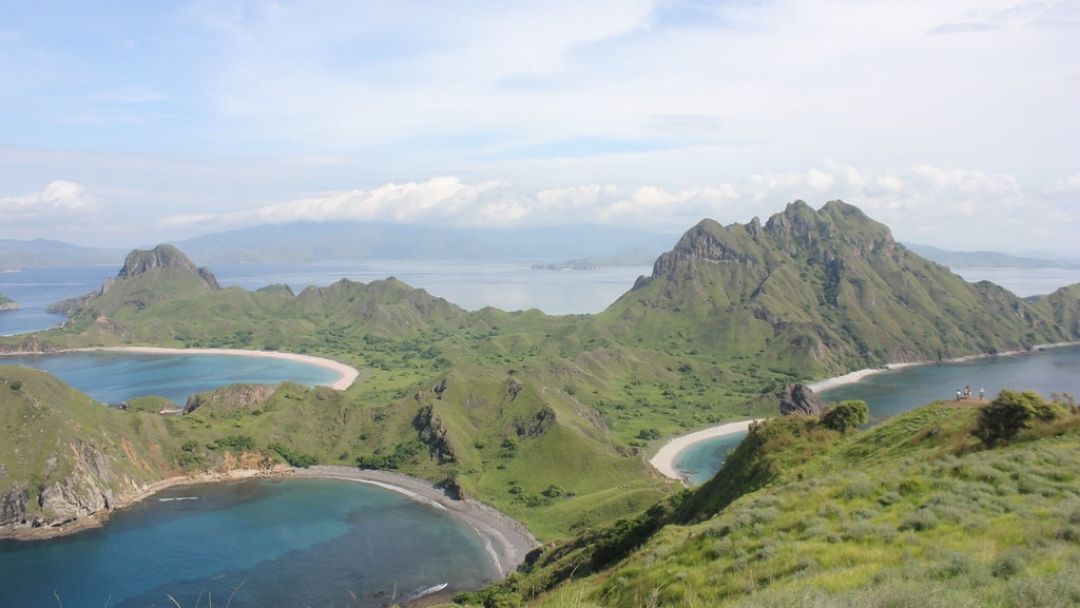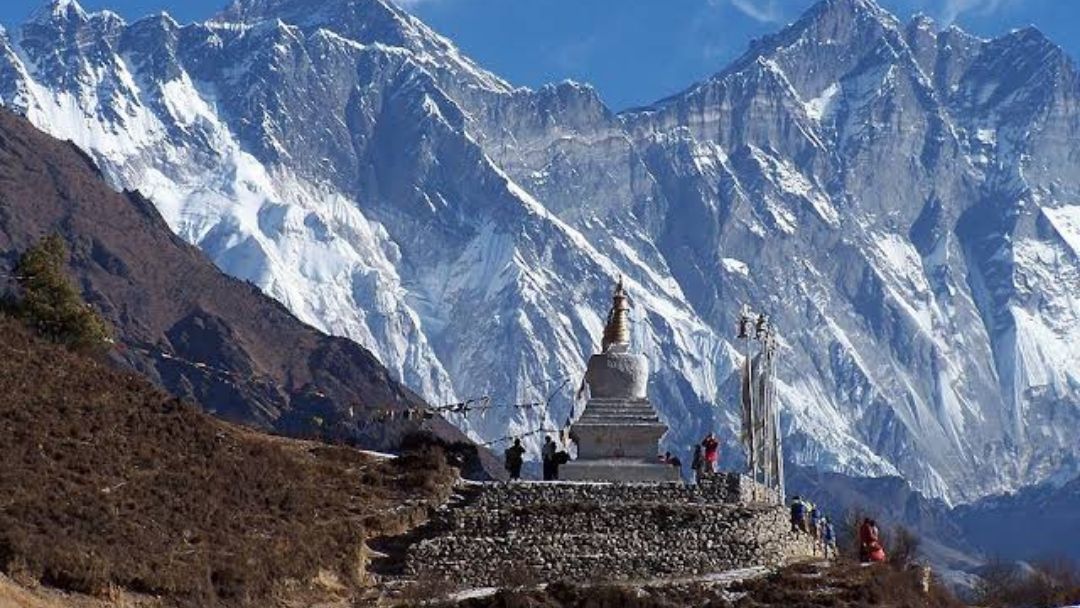5 Asia’s Heritage Sites Under Climate Change Threat

The World Heritage sites are currently facing the brunt of global climate changes, extreme weather conditions like violent storms, floods, droughts, acid rain, accelerating rise in sea levels, coastal erosion, desertification, melting of polar ice caps and glaciers, and widespread wildfires.
Rapid urbanization, pollution, deforestation, and others lead to significant changes in the climate which eventually affected both cultural and natural heritage sites of the world.
In the case of natural heritage sites, stresses like habitat loss, fragmentation, and degradation lead to the reduction of adaptive capacities to the changing climate, thereby limiting ecosystem response and sustenance. Cultural heritage sites like historical buildings and monuments are vulnerable to rainfall activities, extreme wind conditions, increasing damp, alterations in soil moisture, and erosion that may destabilize building foundations, climate fluctuations, and humidity which may cause mould, rot, and insect infestations in the interior of buildings.
Here are 5 Asian heritage sites–both natural and cultural–that are under threat due to climate change.
Taj Mahal, India:

The mid-17th century architectural magnificence built by Shah Jahan is a major artistic landmark of India. Despite being one of the seven wonders of the world, the commemorative monument of Mumtaz Mahal could not escape the grasp of climate change. Pollutants emitted from the nearby factories have caused extreme air and water pollution near one of UNESCO’s world heritage center.
The white marble of the Taj Mahal is becoming tinted brownish-yellow from pollutants, dust, and smog, insects breeding in the garbage discarded in Yamuna damage the marble further. Airborne particulate matter made of black carbon, light-absorbing brown carbon, and dust results in the discoloration of the marble, and are spread from automobile fuel, burning farm residue, and brick manufacturing.
Hoi An, Vietnam:

Hoi An is an ancient town in Vietnam having 1100 wood-framed buildings from the 16-17th centuries. It lies on the Thu Bồn River, with most of the city, including the well-preserved Far Eastern trading port around 2 meters above sea level.
Climate change has significantly increased the flooding rates, sea-level rise, coastal erosion, and storm surges during typhoons. Induced impacts arising from climate change mitigation has further compromised the attractiveness of the region.
Komodo National Park, Indonesia:

The island, full of a wide range of biodiversity, is the only home of the Komodo dragon, the largest living lizard species with a population of less than 5,000. The arid conditions of the island are vulnerable to increased rainfall due to climate change, that could alter the natural vegetation and inundate breeding areas, making the habitat less favorable for the species to survive.
The mangrove forests and corals are subject to ocean acidification, an increase in temperature, and a rise in sea level. This could lead to the extinction of the species from the face of the earth by 2050s, according to studies.
Sagarmatha National Park, Nepal:

The Sagarmatha National Park encompassing the Mount Everest is adorned with glaciers, mountains, deep valleys, and is the home of several rare species like the snow leopard and the lesser panda. However, due to rising temperatures, the Himalayan glaciers are melting, which can destabilize the surrounding slopes causing catastrophic landslides.
Climate variations are affecting the fire frequency and severity along with rainfall patterns which lead to glacial lake outburst flooding. Water pollution and solid waste impacts are adding to the degradation of the natural setting and biodiversity of the national park.
Wadi Rum Protected Area, Jordan:

The Wadi Rum Protected Area, lying in southern Jordan near the Saudi Arabian border, is inscribed as a mixed cultural and natural heritage site. It is a desert landscape consisting of barrow gorges, towering cliffs, natural arches, caverns, ramps, and massive landslides.
The site also hosts petroglyphs, inscriptions, and archaeological remains bearing the history of 12,000 years of human occupation and interaction with the natural environment of the area. Tourism is the greatest threat to the region–construction of illegal campsites, vegetation damage, unregulated off-road driving, pastoral grazing, hunting, woody fuel collection etc.
Climate change has adverse effects on flora and fauna dependent on the elevated mountains of the area. However, the threats are relatively lesser, but if they are neglected, they could pose serious issues in the area.
The time is running out for these world heritage sites and natural assets. Serious efforts should be made at the earliest to control climate change and protect the treasures of the world.





